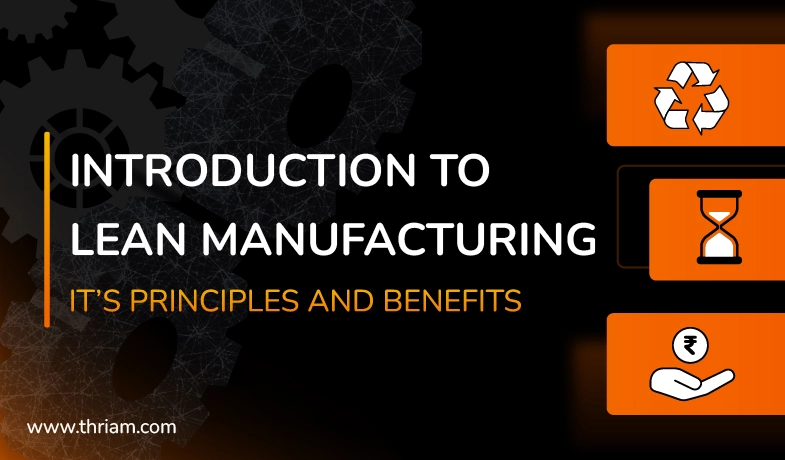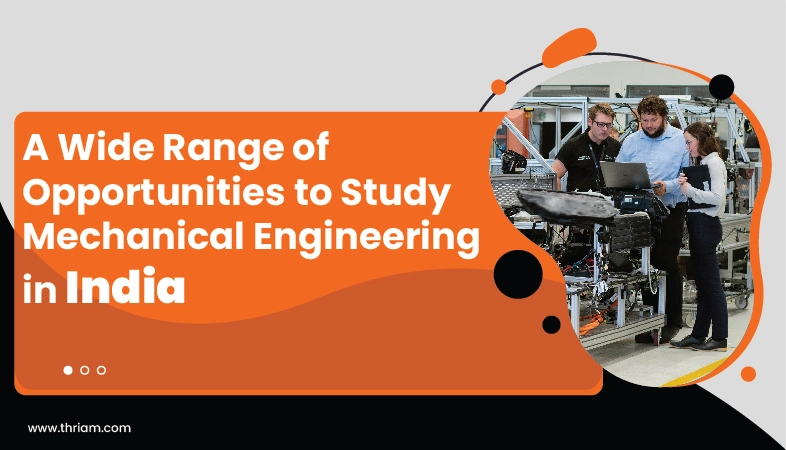Streamlining Procurement in Mechanical Engineering: Strategies for Optimizing Workflows and Improving Efficiency

Procurement processes are an essential part of the mechanical engineering industry. Mechanical engineers are tasked with the design, development, and manufacturing of mechanical devices and components. Procurement professionals are in charge of sourcing raw materials, goods, and services required to complete the manufacturing process. Optimizing procurement workflows is critical to reducing production lead times, minimizing costs, and improving overall efficiencies.
Definition of procurement:
Procurement is the process of acquiring goods, services, or raw materials from suppliers or vendors to facilitate the production, manufacturing, or distribution of a product or service. Procurement involves various activities such as identifying the needs, selecting the appropriate suppliers, negotiating terms and contracts, placing orders, and managing delivery and payment.
In this blog, we will discuss how to streamline procurement processes in mechanical engineering and explore ways to reduce lead times.
Understanding the Procurement Workflow in Mechanical Engineering:

Procurement processes in mechanical engineering typically follow a sequential workflow, starting from identifying the raw materials needed, sourcing the vendors, negotiating prices and contracts, placing orders, and finally, receiving and inspecting the delivered goods. Any bottlenecks in this workflow can impact the overall lead times and costs.
Procurement professionals in mechanical engineering firms are responsible for sourcing vendors, negotiating contracts, and ensuring the delivery and quality of goods procured. However, very few procurement professionals have a technical background in mechanical engineering. It can result in misunderstandings, misjudgments, and delays in procurement processes.
Implementing Technology Solutions for Streamlining Procurement Processes:
Procurement automation tools and software play a crucial role in improving procurement workflow efficiency, accuracy, and transparency. They streamline and automate the entire procurement process, from identifying the raw materials, sourcing the suppliers or vendors to entering the invoice data.
Automation tools and software help reduce manual errors, speed up procurement processes, provide real-time status updates, and access to procurement data. Additionally, they automate routine tasks, giving procurement professionals more time to focus on strategic initiatives and other value-added activities.
Collaborating with Suppliers and Vendors:
Building strong relationships with suppliers and vendors and maintaining effective communication through regular meetings, calls, and emails can improve procurement processes' efficiency and lead times.
Creating a win-win situation for both the mechanical engineering firm and the supplier promotes healthy partnerships and long-term commitments. Mechanical engineering firms should aim to align their procurement goals and strategies with the supplier's or vendor's goals and objectives. Continuous feedback from suppliers and vendors helps to streamline procurement workflows and overcome challenges effectively.
Lean Procurement Practices in Mechanical Engineering:
Lean principles offer a systematic approach to eliminate waste and improve efficiency across the entire procurement workflow. It involves a continuous process of identifying, re-designing, and optimizing the procurement process.
Applying lean procurement practices in mechanical engineering requires a deep understanding of the procurement workflow, the product, and the end-customer requirements. It also involves identifying areas of improvement, eliminating non-value-added activities, minimizing inventory, and promoting a culture of continuous improvement.
Overcoming Legal and Regulatory Challenges in Procurement:
Procurement professionals face several legal and regulatory challenges, including procurement regulations, export control rules, environmental regulations, and labor regulations, among others. Non-compliance can result in hefty fines, legal actions, and reputational damage.
Procurement professionals should identify all the applicable legal and regulatory requirements relevant to the procurement process and take necessary steps to ensure compliance. This includes planning and execution of procurement processes, contract negotiation, change management, and risk mitigation.
Measuring Procurement Performance and Continuous Improvement:
Key performance indicators (KPIs) are critical for measuring procurement performance and identifying areas for improvement. KPIs should be established according to procurement objectives and goals and benchmarked against industry standards.
KPIs can be used to monitor performance in supplier relationship management, lead times, cost reduction, risk management, and accuracy. Data-driven analysis and reporting can help identify areas of opportunity and continuously improve procurement processes.
Conclusion
Optimizing procurement workflows in mechanical engineering can significantly reduce lead times, minimize costs, and improve overall efficiencies. It requires a systematic approach, collaboration with suppliers and vendors, leveraging technology solutions and automation tools, implementing lean procurement practices, overcoming legal and regulatory challenges, and continuous improvement through monitoring and analyzing KPIs. Implementing a streamlined procurement process will help mechanical engineering firms remain competitive and meet their customers' requirements effectively.
Bonus content
How to form a procurement team and who are the members required for the team to function
Forming a procurement team involves a careful consideration of the roles and skills required to effectively manage the procurement process. To begin, it is essential to appoint a procurement manager who will oversee the team and set the strategic direction.
The team should include a buyer or purchasing agent responsible for sourcing and purchasing goods/services. A contract manager is vital to manage contracts throughout their lifecycle. A supplier relationship manager can be designated to cultivate strong relationships with key suppliers. Depending on the organization's needs, a category manager may be necessary to handle specific categories of goods/services. A procurement analyst can provide data analysis and insights, while a logistics coordinator can manage shipment logistics and inventory.
These roles may overlap or require additional specialization based on the organization's requirements. Building a well-rounded procurement team allows for effective collaboration and ensures the successful execution of the procurement process.



